Unveiling the Secrets of the Abandoned City of Pripyat Near Chernobyl
Imagine a Ferris wheel, forever frozen against the sky. This is Pripyat, a city swallowed by silence after the Chernobyl disaster. It is more than just ruins; it’s a time capsule of a broken dream. These haunting truths of Pripyat are waiting to be uncovered.
Location of Pripyat, just 3km from the Chernobyl Nuclear Power Plant
A City Built on Atomic Ambition
Pripyat wasn’t just another town. It was constructed to house the workers of the Chernobyl Nuclear Power Plant. It was meant to be a Soviet marvel, a testament to progress.
💡 Did You Know?
Pripyat had no cemetery. The city was so new and vibrant, no one had died yet — making its sudden emptiness feel even more eerie.
A Symbol of Soviet Progress
Think of Pripyat as a showcase. The Soviets envisioned it as a model city. Its construction happened rapidly, creating modern homes quickly. People from all over the USSR came to work at the plant. The city became a point of pride.
The Promise of a Bright Future
Life in Pripyat wasn’t bad. It offered better living conditions than many Soviet cities. Infrastructure was up to date, and the population was young. Optimism flowed in Pripyat. What came next was an unthinkable and terrible tragedy.
The Day the World Changed
April 26, 1986. This date changed everything for Pripyat, and the world too. The Chernobyl disaster had a ripple effect that is still felt today. Read more about the Chernobyl disaster
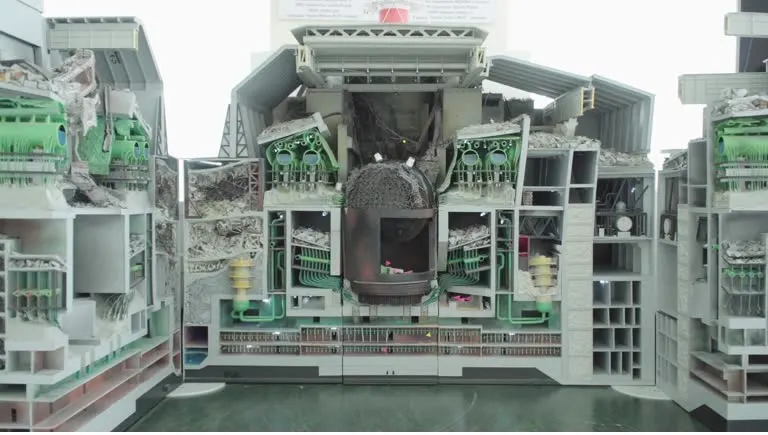
The Unfolding Catastrophe
An explosion rocked the Chernobyl Nuclear Power Plant. Initial reports were vague, and people had no true idea about what happened. There were delays in ordering an evacuation, which put residents in danger. The scale of the disaster was hard to grasp.
📌 Quick Fact
Radiation levels in Pripyat were over 400 times higher than the atomic bomb dropped on Hiroshima. Details on radiation effects from WHO
36 Hours of Unknowing Exposure
Normal life continued in Pripyat for about a day and a half after the blast. People went about their business, enjoying a sunny spring day. Weddings took place, and children played outside. They unknowingly faced dangerous radiation. This ignorance makes it even more haunting.
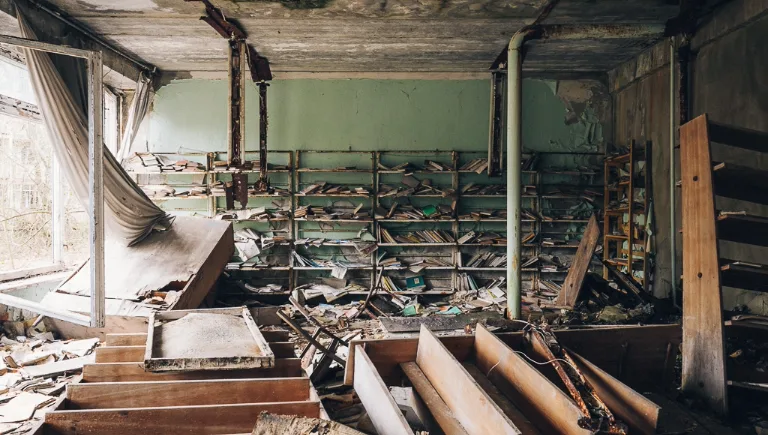
The Evacuation: A City Frozen in Time
The evacuation of Pripyat was quick and unsettling. Residents were told to pack only essential things, which was not enough. The promise of a return was a lie, however.
"Just Three Days" That Lasted Forever
People were told they’d be back in three days. Can you imagine leaving everything behind, thinking it’s only temporary? They grabbed documents, a few clothes, and some food. Those three days turned into an eternity.
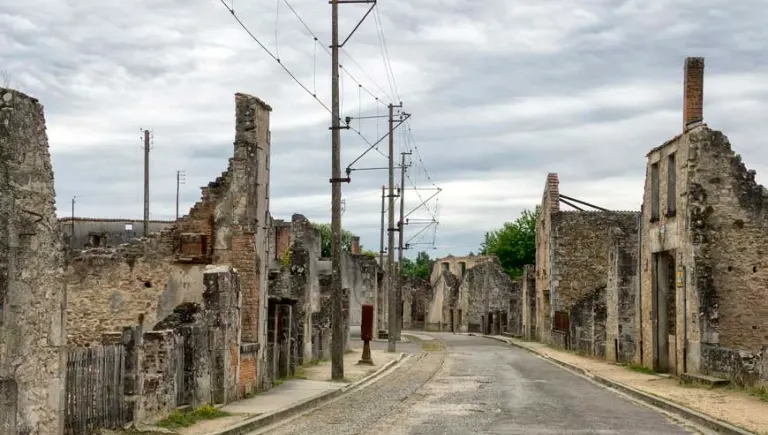
The Ghostly Remains of Everyday Life
Walk through Pripyat, and you’ll see homes as they were left. Furniture sits in place, and toys lie scattered on floors. Personal documents and photos still litter apartments. It creates a creepy time capsule of life in 1986.
The Invisible Threat: Lingering Radiation
Radiation remains a significant problem in Pripyat. It’s an invisible danger that still affects the area today. You can’t see it, but it’s always there.
⚠️ Warning
Even brief exposure to certain hotspots in Pripyat can cause severe radiation sickness. Always follow guide instructions and avoid restricted areas.
The Persistence of Radioactive Isotopes
Several kinds of radioactive isotopes linger in Pripyat. Each has a different half-life. Some will stay dangerous for thousands of years. “Hotspots” with high levels of radiation still exist. These are areas that should be avoided at all costs.
The Impact on Flora and Fauna
Radiation has hurt the plants and animals around Pripyat. Mutations and strange changes are visible. The “Red Forest,” a section of trees that died after absorbing high radiation levels, is a stark reminder. The impact is widespread and continuing.
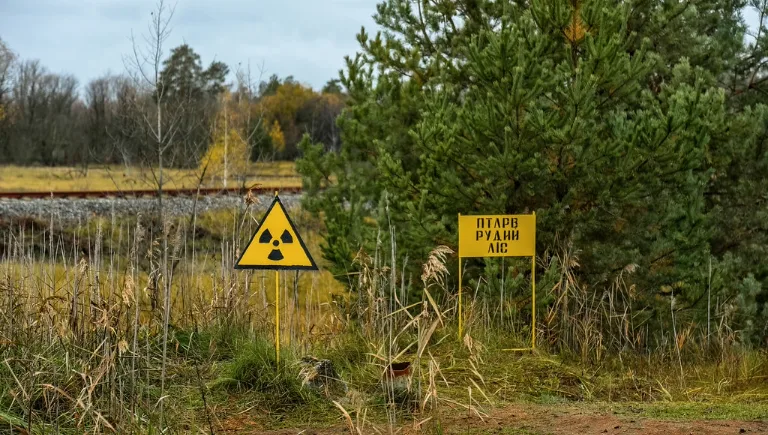
Looters, Vandals, and the Loss of History
Looting and vandalism have further damaged Pripyat. The destruction strips away pieces of its history. This makes the city’s story harder to tell.
The Scavenging of a Silent City
After the evacuation, waves of looters descended on Pripyat. They stole metals, valuables, and anything they could sell. This scavenging stripped buildings and destroyed artifacts. The looters cared only for quick money.
The Price of Neglect and Vandalism
Buildings have fallen apart from neglect. Vandalism has left its mark on almost every structure. Graffiti covers walls, and windows are shattered. This decay makes preserving the city’s history very difficult.
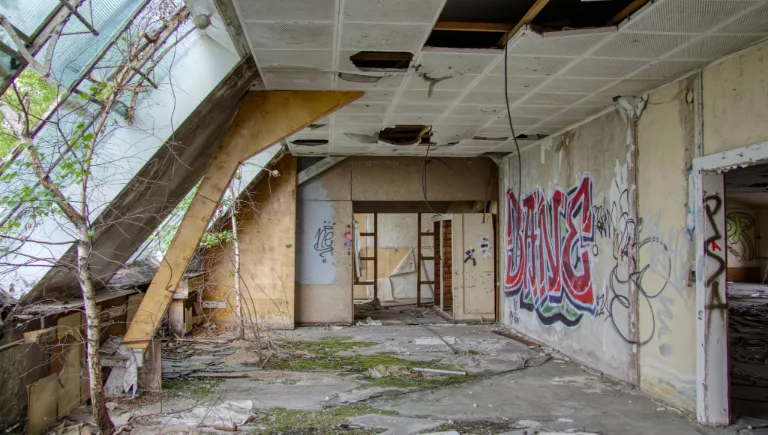
Pripyat Today: A Dark Tourist Destination
Believe it or not, Pripyat has become a tourist spot. People visit the Chernobyl Exclusion Zone for its dark history. This raises a lot of questions.
The Allure of the Exclusion Zone
Why do people visit Pripyat? Some are interested in the history. Others want to witness the impact of the disaster. Popular spots include the abandoned amusement park and the Palace of Culture. The draw of the forbidden is undeniable.
Ethical Considerations and Safety Precautions
Is it right to visit a place of tragedy? It’s important to respect the dead and the suffering of survivors. If you go, wear protective clothing and monitor radiation levels. Guided tours are best, to stay safe.

Lessons Learned and the Future of Abandonment
Pripyat teaches hard lessons about nuclear power. It is also a memorial to those affected by the disaster. The future of the city remains uncertain.
A Warning from the Past
Chernobyl reminds us about the importance of nuclear safety. The human cost of the disaster was huge. Survivors still deal with health problems and displacement. This event should never be forgotten.
Preserving the Memory of Pripyat
Efforts are underway to preserve Pripyat. Some want to keep it as a historical site. Others see it as a place for future research. The goal is to remember the past. This ensures a disaster like this never happens again.
Conclusion
The seven haunting truths of Pripyat reveal a city of dreams turned to dust. It stands as a warning and a reminder. The legacy of Chernobyl endures. It compels us to remember the past and work for a safer future. “We also covered The Centralia Fire mystery”







